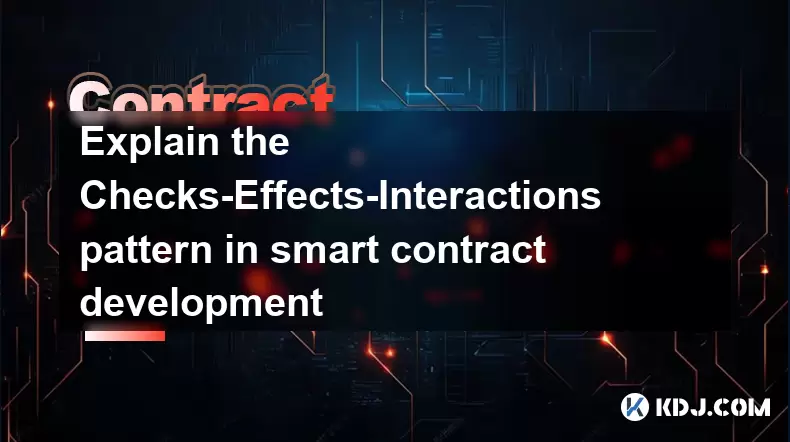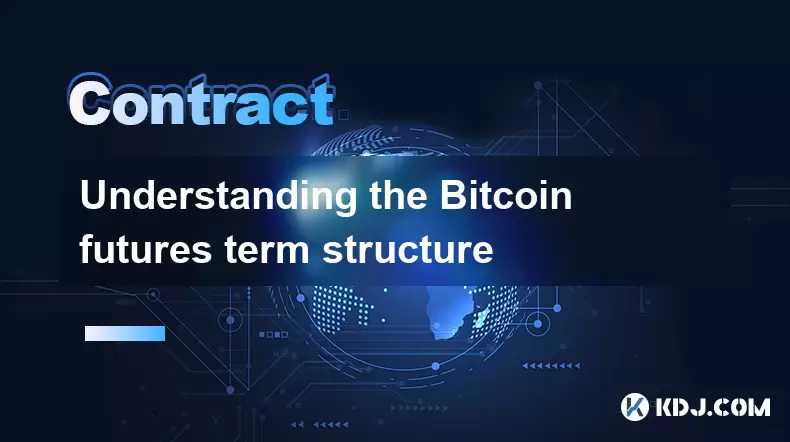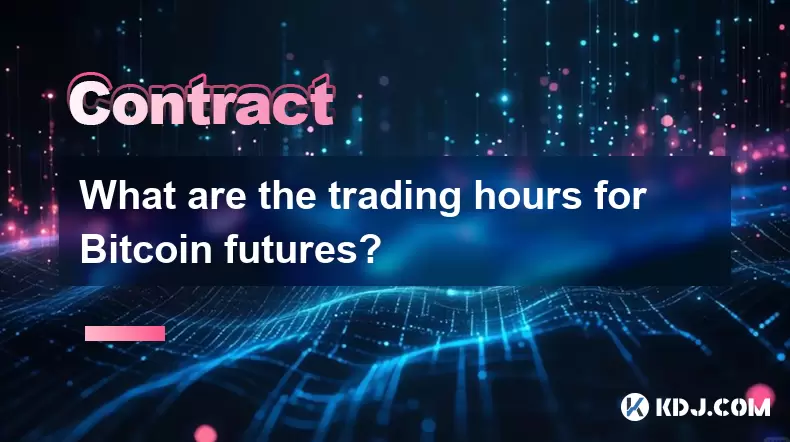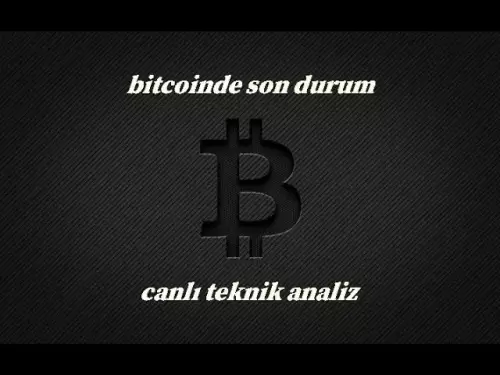-
 Bitcoin
Bitcoin $117,991.5647
-0.03% -
 Ethereum
Ethereum $2,966.4808
0.18% -
 XRP
XRP $2.8076
0.64% -
 Tether USDt
Tether USDt $1.0003
0.00% -
 BNB
BNB $689.9050
-0.63% -
 Solana
Solana $162.0407
-0.80% -
 USDC
USDC $0.9999
0.00% -
 Dogecoin
Dogecoin $0.1995
-1.51% -
 TRON
TRON $0.3001
-1.21% -
 Cardano
Cardano $0.7426
3.25% -
 Hyperliquid
Hyperliquid $47.7978
2.84% -
 Stellar
Stellar $0.4411
16.52% -
 Sui
Sui $3.4267
0.15% -
 Chainlink
Chainlink $15.3148
0.07% -
 Bitcoin Cash
Bitcoin Cash $506.5880
-1.91% -
 Hedera
Hedera $0.2222
12.41% -
 Avalanche
Avalanche $21.2049
1.67% -
 UNUS SED LEO
UNUS SED LEO $9.0606
-0.19% -
 Shiba Inu
Shiba Inu $0.0...01325
-0.86% -
 Toncoin
Toncoin $2.9979
0.32% -
 Litecoin
Litecoin $94.3717
1.13% -
 Polkadot
Polkadot $3.9873
-0.29% -
 Monero
Monero $336.1497
0.92% -
 Dai
Dai $0.9999
-0.01% -
 Uniswap
Uniswap $8.5189
-0.60% -
 Ethena USDe
Ethena USDe $1.0005
-0.04% -
 Pepe
Pepe $0.0...01236
-0.92% -
 Bitget Token
Bitget Token $4.4002
-0.23% -
 Aave
Aave $303.5433
1.05% -
 Bittensor
Bittensor $391.1314
-0.35%
Explain the Checks-Effects-Interactions pattern in smart contract development
The Checks-Effects-Interactions pattern ensures secure smart contract execution by validating inputs, updating state, and then interacting externally to prevent reentrancy attacks.
Jul 13, 2025 at 04:21 am

Understanding the Checks-Effects-Interactions Pattern in Smart Contract Development
The Checks-Effects-Interactions pattern is a widely adopted best practice in Ethereum smart contract development. It serves as a defensive programming strategy to prevent reentrancy attacks and other critical vulnerabilities that can lead to loss of funds or data corruption.
This design pattern structures function execution into three distinct phases: checks, effects, and interactions. By adhering to this order, developers ensure that state changes occur before any external calls are made, minimizing risks associated with malicious contracts or unexpected behaviors during execution.
What Are the Components of the Checks-Effects-Interactions Pattern?
Each part of the pattern plays a crucial role in maintaining contract integrity:
Checks: This phase involves validating all inputs and conditions before proceeding with any logic. It includes reverting on invalid states, checking balances, verifying ownership, and ensuring access control mechanisms are respected.
Effects: In this stage, the contract modifies its internal state variables. These state changes should be completed before any external interactions take place. Examples include updating balances, changing ownership flags, or decrementing token allowances.
Interactions: The final step involves making external calls to other contracts or sending Ether. Since these actions can trigger callbacks (e.g., via fallback functions), they must happen after all internal state updates to avoid exploitation.
Why Is the Order of Execution Important?
Smart contracts often interact with external entities such as token contracts, decentralized exchanges, or user wallets. If a contract sends Ether or makes an external call before updating its own state, it opens up a window for reentrancy attacks.
For instance, consider a contract that deducts a user’s balance after sending Ether. A malicious contract could use the callback from the transfer to re-enter the original function and drain funds repeatedly. By applying the Checks-Effects-Interactions pattern, the contract first verifies eligibility (checks), updates the internal ledger (effects), and only then initiates the external transfer (interactions), thus closing the attack vector.
How to Implement the Checks-Effects-Interactions Pattern in Solidity
To implement this pattern correctly, follow these steps in sequence:
Checks:
- Validate input parameters using
requireorrevert. - Ensure that the caller has permission to execute the function.
- Check that required balances or allowances are sufficient.
- Validate input parameters using
Effects:
- Update state variables directly related to the transaction.
- Avoid performing any computations or external calls here.
- Make sure all state changes are atomic and deterministic.
Interactions:
- Perform external calls using low-level functions like
call,transfer, orsend. - Prefer using the
callmethod with explicit gas limits for better control. - Handle return values appropriately to detect failures.
- Perform external calls using low-level functions like
Here's a simplified example:
function withdraw(uint256 amount) public {// Checks
require(balanceOf[msg.sender] >= amount, "Insufficient balance");
// Effects
balanceOf[msg.sender] -= amount;
// Interactions
(bool success, ) = msg.sender.call{value: amount}("");
require(success, "Transfer failed");
}
In this code snippet, the function ensures that the user has enough balance (checks), deducts the amount from their account (effects), and finally sends the Ether (interactions).
Common Mistakes When Not Following the Pattern
Deviation from the Checks-Effects-Interactions pattern can lead to serious issues:
- Reentrancy Vulnerabilities: Sending Ether or making external calls before updating state allows attackers to recursively call the same function.
- Race Conditions: If multiple operations depend on external results without proper sequencing, unexpected outcomes may occur.
- Incorrect State Updates: Modifying state after external calls can leave the contract in an inconsistent state if the call fails.
One infamous example is the DAO hack, where the lack of adherence to this pattern enabled a recursive call exploit that drained millions of Ether.
Best Practices Beyond the Core Pattern
While following the Checks-Effects-Interactions structure is essential, additional precautions enhance security:
- Use modifier-based access control to centralize checks and reduce redundancy.
- Apply pull-over-push patterns for Ether transfers to give users control over withdrawals.
- Employ non-reentrant locks when dealing with complex logic or multiple external calls.
- Consider using OpenZeppelin’s ReentrancyGuard library to add an extra layer of protection.
These practices complement the core pattern and help build more robust and secure smart contracts.
Frequently Asked Questions (FAQ)
Q: Can I use the Checks-Effects-Interactions pattern in other blockchain platforms besides Ethereum?
Yes, while the pattern originated in Ethereum due to its susceptibility to reentrancy attacks, it applies broadly to any platform where smart contracts interact with external systems or modify state based on external triggers.
Q: What happens if an external call fails in the Interactions phase?
If an external call fails, the transaction will revert unless explicitly handled. It's important to wrap such calls in a try-catch mechanism or check the return value to decide whether to continue or roll back.
Q: Are there tools to detect violations of the Checks-Effects-Interactions pattern?
Yes, static analysis tools like Slither, Oyente, and Securify can identify potential deviations from this pattern and flag risky code constructs.
Q: Is it possible to have multiple effects or interactions within a single function?
Absolutely. However, all effects (state changes) must precede interactions (external calls). Even if multiple interactions are needed, they should all come after the last state update.
Disclaimer:info@kdj.com
The information provided is not trading advice. kdj.com does not assume any responsibility for any investments made based on the information provided in this article. Cryptocurrencies are highly volatile and it is highly recommended that you invest with caution after thorough research!
If you believe that the content used on this website infringes your copyright, please contact us immediately (info@kdj.com) and we will delete it promptly.
- HYPE Token & Hyperliquid: Riding the DeFi Wave with Open Interest
- 2025-07-13 16:30:16
- Unilabs Finance Takes Center Stage: Leaving Pepecoin and Floki Inu in the Dust?
- 2025-07-13 16:30:16
- Crypto Investors Ditching Meme Coins for BlockchainFX: The Smart Money Move?
- 2025-07-13 17:05:16
- Bitcoin, Indian Investors, and Tax Filing: Navigating the Crypto Boom
- 2025-07-13 17:05:16
- Ethereum's Resistance Level: Bullish Signals Point to Potential Breakout
- 2025-07-13 17:05:17
- Whale Watching: XRP's Historic Highs and the Whale Control Factor
- 2025-07-13 17:05:17
Related knowledge

Psychology of trading Bitcoin contracts
Jul 13,2025 at 02:50am
Understanding the Emotional Rollercoaster of Bitcoin Futures TradingBitcoin contract trading, especially in the form of futures, introduces a high lev...

Best time of day to trade Bitcoin contracts?
Jul 13,2025 at 05:29am
Understanding Bitcoin Contracts and Their VolatilityBitcoin contracts, particularly futures contracts, are derivative instruments that allow traders t...

How to use Fibonacci levels in Bitcoin contract trading?
Jul 13,2025 at 08:07am
Understanding Fibonacci Levels in TradingFibonacci levels are a technical analysis tool used by traders to identify potential support and resistance z...

Understanding the Bitcoin futures term structure
Jul 13,2025 at 08:28am
What is Bitcoin Futures Term Structure?The Bitcoin futures term structure refers to the relationship between the prices of Bitcoin futures contracts w...

What are the trading hours for Bitcoin futures?
Jul 13,2025 at 12:14pm
Understanding Bitcoin Futures Trading HoursBitcoin futures are derivative contracts that allow traders to speculate on the future price of Bitcoin wit...

How to withdraw profits from a futures account?
Jul 13,2025 at 07:07am
Understanding Futures Accounts and Withdrawal MechanicsIn the cryptocurrency space, a futures account is used to trade contracts that derive their val...

Psychology of trading Bitcoin contracts
Jul 13,2025 at 02:50am
Understanding the Emotional Rollercoaster of Bitcoin Futures TradingBitcoin contract trading, especially in the form of futures, introduces a high lev...

Best time of day to trade Bitcoin contracts?
Jul 13,2025 at 05:29am
Understanding Bitcoin Contracts and Their VolatilityBitcoin contracts, particularly futures contracts, are derivative instruments that allow traders t...

How to use Fibonacci levels in Bitcoin contract trading?
Jul 13,2025 at 08:07am
Understanding Fibonacci Levels in TradingFibonacci levels are a technical analysis tool used by traders to identify potential support and resistance z...

Understanding the Bitcoin futures term structure
Jul 13,2025 at 08:28am
What is Bitcoin Futures Term Structure?The Bitcoin futures term structure refers to the relationship between the prices of Bitcoin futures contracts w...

What are the trading hours for Bitcoin futures?
Jul 13,2025 at 12:14pm
Understanding Bitcoin Futures Trading HoursBitcoin futures are derivative contracts that allow traders to speculate on the future price of Bitcoin wit...

How to withdraw profits from a futures account?
Jul 13,2025 at 07:07am
Understanding Futures Accounts and Withdrawal MechanicsIn the cryptocurrency space, a futures account is used to trade contracts that derive their val...
See all articles

























































































